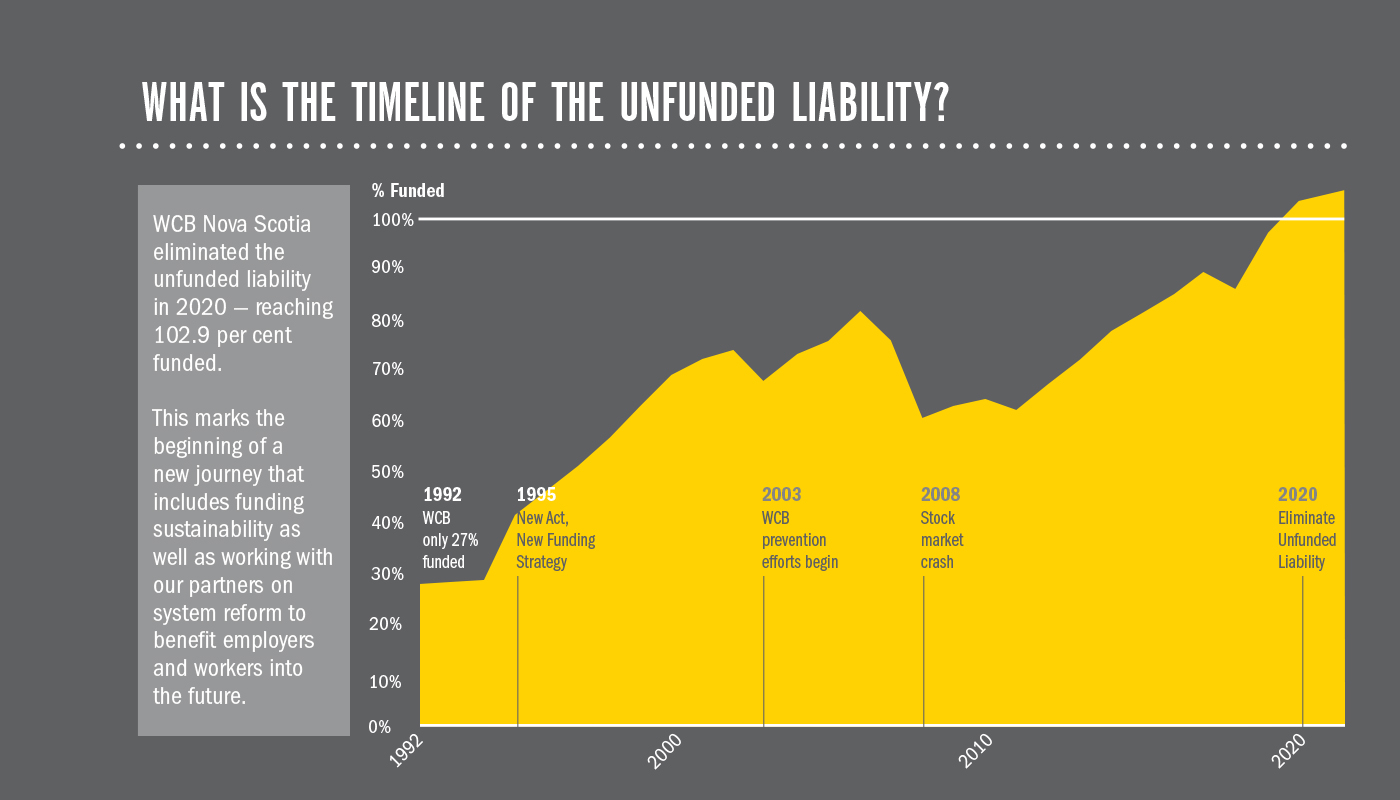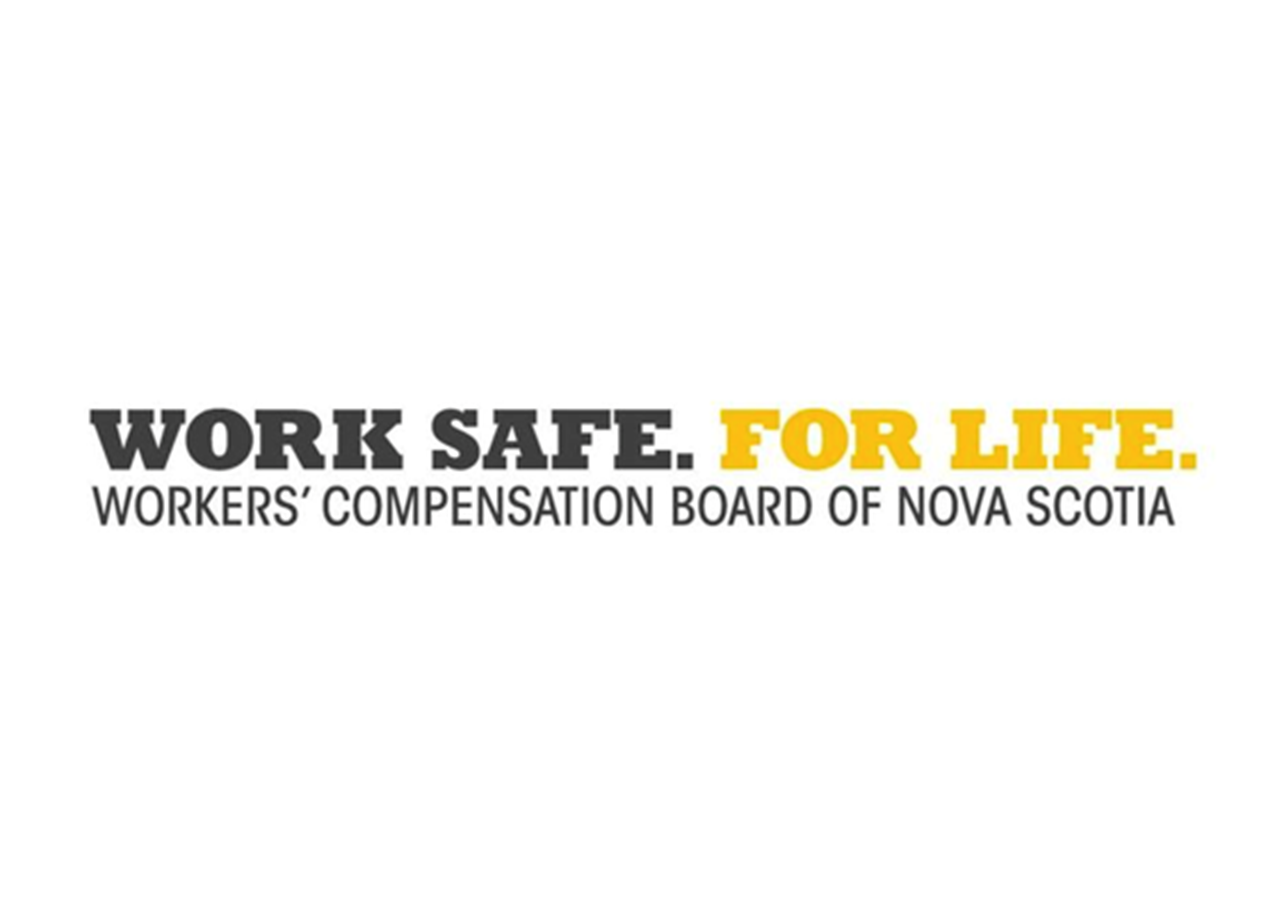After years of working from a place of financial imbalance, Nova Scotia’s workers’ compensation system is approaching financial sustainability as WCB Nova Scotia ended 2020 in a long-awaited improved financial position.
After decades of being underfunded – meaning more benefits were owed to workers and their families into the future than the value of the assets available – the WCB marked the end of 2020 with a funded ratio of 102.9 per cent.
WCB Nova Scotia announced the news today at the Workplace Safety and Insurance System Annual General Meeting, and released its 2020 Annual Report.

The report also recaps operational highlights, including the challenge of creating healthy, safe returns to the workplace following injury, and tells the story of workplace fatalities which reached a tragic high last year of 32. WCB’s injury and fatality statistics were released earlier this year.
“While this is a major milestone, and our new reality is certainly one of optimism, this is a time for balanced, strategic approaches with a long-term view,” says CEO Stuart MacLean. “We must work toward a workplace safety and insurance system with the right funding parameters in place, so such an imbalance never happens again.”
Underlining how quickly things can change, MacLean notes that since the end of 2020, the funded ratio has already declined slightly. First quarter 2021 results, also released today, indicate a funded percentage of 101.3 per cent.
Like WCBs across the country, WCB Nova Scotia has a responsibility to maintain sustainability not only for today, but into the future. In many of those jurisdictions, target funded percentages exceed 100 per cent.
“We have to go forward with careful, considered financial management. We know things can quickly change, and that’s why our focus is on the long term,” says MacLean.
WCB Nova Scotia must now define what it is to be “fully funded,” and will begin conversations with key stakeholders to define what funding range parameters make sense to ensure Nova Scotia has a sustainable workers’ compensation system.
A range, setting upper and lower thresholds where action to reduce rates or improve benefits, is in the best interest of stakeholders. This would also indicate when may not be the right time to take action.
“Achieving this milestone is not unlike the day you pay off the mortgage on your home – finally, you can consider long awaited home improvement,” says MacLean. “With a better funded system, we must carefully plan our financial house for the future, building a secure foundation, and a solid structure. These decisions are important not only for employers and workers today, but for generations in the future.”
Related links:
2020 Annual Report
Q1 2021 Community Report
2021-2023 Strategic Priorities
2020 Statistical Summary
Source: WCB Nova Scotia


